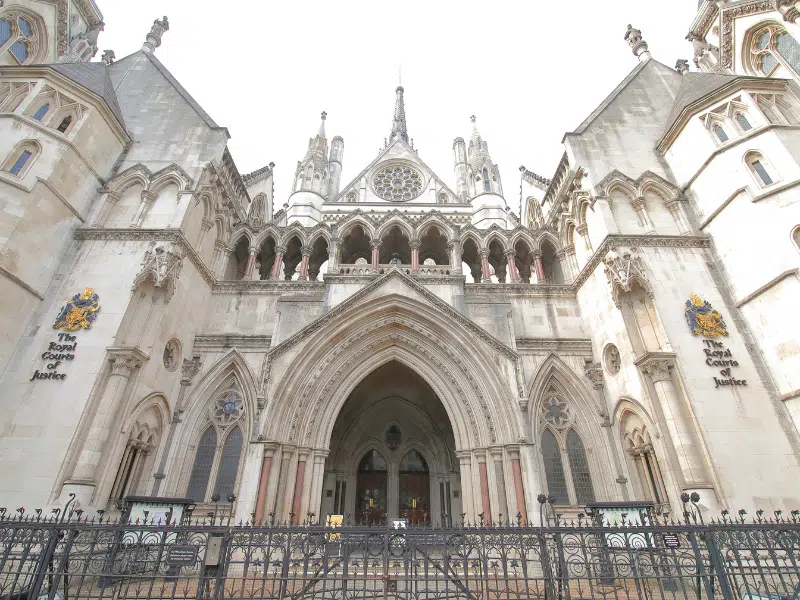In a significant development in the high-profile libel case Banks v Cadwalladr, the Court of Appeal has found for Leave.EU campaigner and businessman Arron Banks in a partial victory against the defendant, journalist Carole Cadwalladr. The claim arose out of the publication of a TED Talk and tweet in which Cadwalladr accused Banks of a secret relationship with the Russian government. Following the dismissal of the claim at the High Court in June 2022, the appeal itself concerned the interpretation of section 1(1) of the Defamation Act 2013, otherwise known as the “serious harm test”, which provides that a claimant must show that a statement has caused or is likely to cause serious harm to their reputation.
Re-evaluating serious harm in cases of continuous publication
The first ground of Banks’ appeal regarded the interaction of serious harm with the public interest defence as provided under section 4(1) of the 2013 Act, specifically where there are various phases of publication. In the High Court judgment, Steyn J held that Cadwalladr was able to rely on the public interest defence only up until the publication of a statement by the Electoral Commission exonerating Banks, at which point her defence fell away. Whilst Banks had satisfied the serious harm requirement in respect of the first phase of publication of the TED Talk (but notably not the tweet), Steyn J concluded that he did not meet the threshold in the second phase following the publication of the statement. The Court of Appeal rejected Banks’ challenge to this interpretation of the law and held that it was correct for serious harm to be re-evaluated at each phase of publication, thereby demonstrating the fluidity of serious harm in cases of continuous publication.
Determining serious harm
The second issue on which the appeal was brought related to whether the trial judge had assessed serious harm correctly. In concluding that serious harm had not been established, Steyn J relied on the determination that Cadwalladr’s statements had been made to individuals within her “echo chamber” whose opinion was of “no consequence” to Banks. The Court of Appeal held that these considerations were irrelevant to the evaluation of serious harm and, in any case, there was no evidence to support such a conclusion. As such, the Court found her to have been incorrect.
Outcome of the appeal
In respect of the third ground, Banks argued that the above alleged errors of law invalidated Steyn J’s decision to dismiss the claim in relation to both the TED Talk and the tweet. Whilst the Court of Appeal held that it was right to determine that the tweet had not satisfied serious harm in the second phase of publication, at which point it had fallen significantly down Cadwalladr’s timeline, it was determined that the only conclusion open to Steyn J on the evidence was that the TED Talk did cause serious harm during this same period. Warby J’s reasoning for this was that the TED Talk conveyed a serious allegation (as with the tweet) but importantly continued to be circulated after the publication of the Electoral Commission statement. Along with the “echo chamber” reasoning which had been deemed unsound, Warby J concluded that there was “nothing else to act as a counterweight to the natural inference” that the TED Talk caused serious harm in phase two. Cadwalladr was therefore liable for defamation only in respect of the TED Talk after the publication of the Electoral Commission statement, at which stage her public interest defence fell away.
Conclusion
It remains for the Court to assess damages and appropriate remedies. Nevertheless, the outcome of the appeal reinforces the need for journalists and other publishers to continually reassess whether a statement remains to be in the public interest. Failure to do so could result in the collapse of any public interest defence previously relied upon. This is particularly pertinent in circumstances where the publication of new evidence alters the landscape in which an allegation was originally made, as was the case with the Electoral Commission statement. Similarly, libel claimants need to be aware that, in cases of ongoing publication, it is not enough to rely upon satisfaction of serious harm in the first period of publication as serious harm will need to be re-evaluated at each distinct phase if events change. Ultimately, the appeal illustrates how the requirements for bringing, or indeed defending, a defamation claim must be re-evaluated in cases of continuous publication. In other words, meeting the legal threshold the day of publication is no guarantee that you will continue to do so twelve months down the line.
Hamlins’ Media Disputes department is one of the largest and most successful Media Disputes teams in the UK and is widely recognised as an advisor of choice for both public and private figures seeking advice in relation to defamation, reputation management, pre-publication libel and privacy law. If you would like to find out more about how Hamlins can help you, please get in touch.




